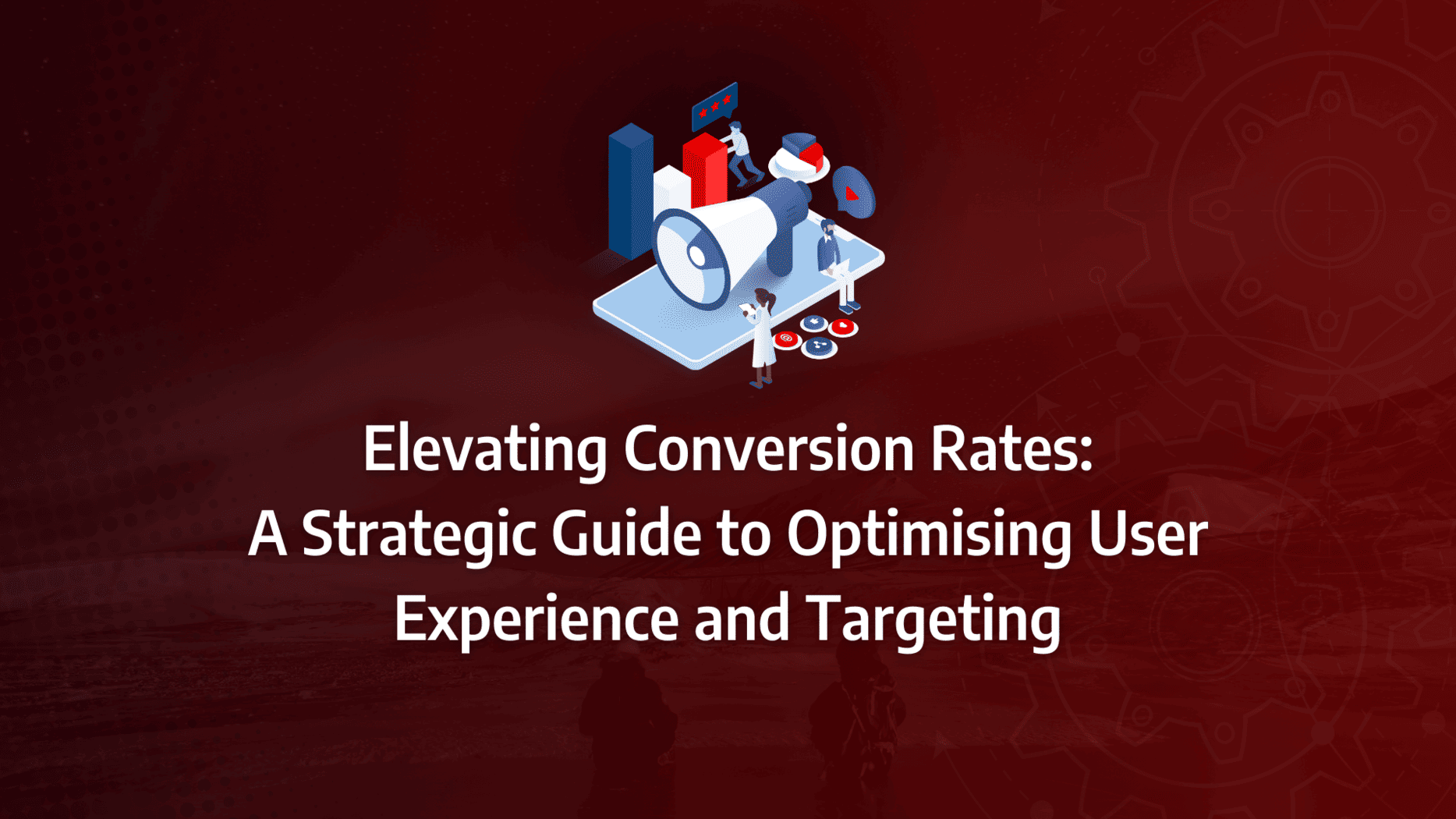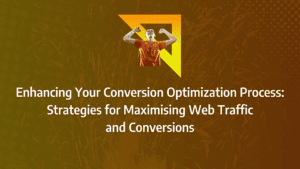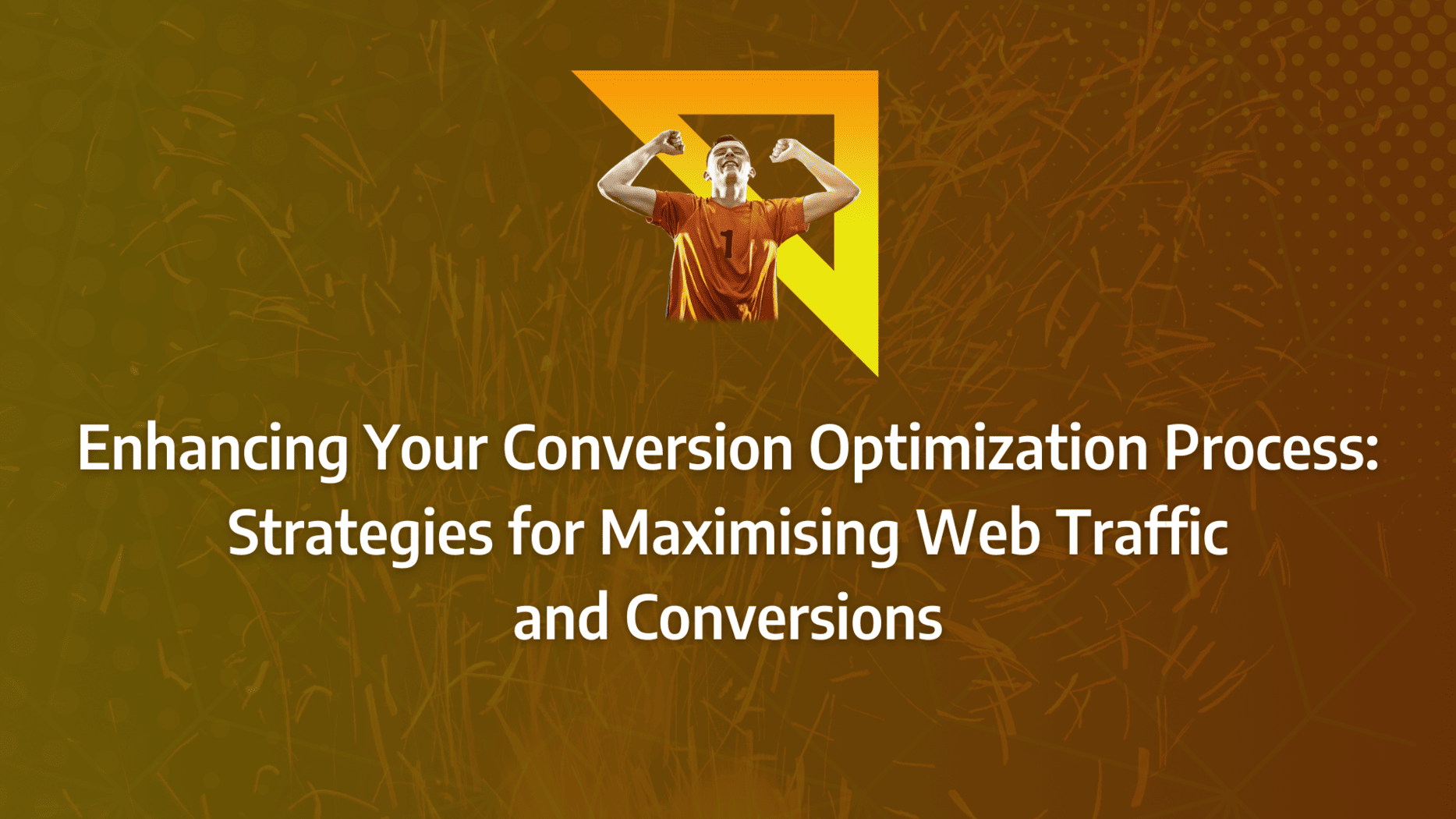Are your conversion rates falling short of expectations despite your best efforts? It’s a common challenge but what if the key to unlocking higher conversions lies not just in your marketing tactics but in the very experience your users have on your site? By honing in on user experience (UX) and deploying targeted strategies, you can transform your conversion metrics from mediocre to exceptional.
This guide dives deep into the strategies that can elevate your UX and targeting efforts, offering practical insights to help you stay ahead of the competition and maximise your marketing ROI.
- Prioritise User Experience: Improving user experience is crucial for boosting conversion rates. Focus on intuitive design, fast loading times, and clear calls to action to enhance user satisfaction and drive conversions.
- Targeted Marketing Strategies: Use audience segmentation and personalised content to ensure your marketing efforts resonate with the right people, leading to higher engagement and better conversion rates.
- Data-Driven Decisions: Leverage tools like A/B testing, heatmaps, and user behaviour tracking to make informed adjustments that improve conversion rates over time.
- Optimise Your Conversion Funnels: Structure your conversion funnels to guide users smoothly from awareness to action, ensuring that each step is optimised for maximum effectiveness.
- Continuous Optimisation: Conversion rate optimisation is an ongoing process. Regularly monitor your metrics and make iterative improvements to maintain and enhance your conversion performance.
- Avoid Common Pitfalls: Identify and steer clear of common mistakes in conversion rate optimisation, such as ignoring mobile users or overcomplicating the user journey.
What Does Conversion Rate Optimisation Mean?
Conversion Rate Optimisation (CRO) is the process of analysing, testing, and refining different aspects of your website—including site content, FAQs, and CTAs—to increase your web conversion rate, click-through rate, and email sign-ups. A robust conversion rate optimisation strategy can significantly enhance user engagement and drive more leads into your sales funnel.
Why is Conversion Rate Optimisation Important?
Conversion Rate Optimisation is crucial because it enables you to reduce customer acquisition costs by extracting more value from your existing visitors. By fine-tuning your conversion optimisation strategy, you can increase revenue per visitor, attract more customers, and fuel business growth.
For instance, if a landing page has a 10% conversion rate and receives 2,000 visitors monthly, it would generate 200 conversions per month. By improving the conversion rate to 15% through targeted conversion rate optimisation tactics, the number of conversions can increase by 50%, resulting in 300 conversions per month.
There is always potential for improvement in conversion rates, and leading companies continually refine their websites and applications to enhance user experience and boost conversions. Implementing an effective SaaS conversion optimisation plan can further streamline these efforts, particularly for businesses operating in the software-as-a-service sector.
How Does SEO Work?
Search engines deploy bots to crawl and collect information from web pages across the internet, storing this data in an index. Each page is then scrutinised and ranked by algorithms like Google’s, based on various factors including keyword relevance, backlinks, updated content, and page load speed.
SEO is instrumental in leveraging these factors to boost your site’s ranking, driving organic traffic to your website. By enhancing your visibility in SERPs, SEO not only makes your site more accessible to your target audience but also expands your reach to a broader audience.
To maximise web traffic through SEO, you can employ strategies such as keyword research, internal linking, consistent blogging, image optimisation, and the strategic use of keywords. Utilising a range of advanced SEO tools like SEMRush, Ubersuggest, SpyFu, Google Trends, and Fat Rank can significantly aid in the successful execution of your SEO initiatives.
What Matters Most?
Understanding your users through qualitative research is essential for identifying pain points that inhibit conversions, allowing you to make targeted improvements. Clients often discover that creating a compelling value proposition significantly impacts their conversion rates, as it clearly communicates benefits and differentiates their offer in a crowded market. Additionally, applying emotional targeting helps brands resonate with users on a deeper level, fostering connections that drive engagement and ultimately encourage conversions. This strategic focus can transform the way potential customers perceive and interact with your brand.Get In Touch
How can I effectively identify hidden issues on my website?
It is essential to recognise that even the most optimised website can suffer from hidden issues that undermine user experience and conversion rates. These issues, which are often overlooked by developers, can silently erode the effectiveness of your conversion rate optimisation strategy.
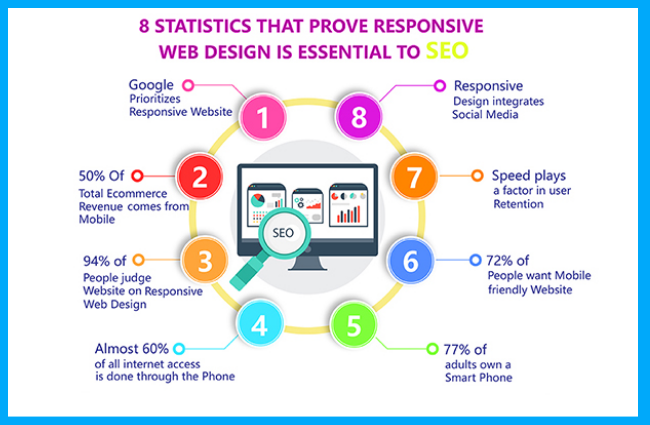
Here are some of the most common hidden website issues in e-commerce:
- A broken or squashed layout on smaller devices, particularly those with a 375-pixel width.
- Mega menus that obscure vital content or CTA buttons, disrupting the user journey.
- Cookie banners that block access to CTAs or live chat features, frustrating users.
- Poorly implemented or unclear field error validation during checkout or sign-up processes.
- Layout problems on tablets due to stretched buttons or oversized images, compromising user experience.
- Malfunctioning product page image galleries on mobile devices, hindering product display.
- Ineffective site search functions that fail to deliver relevant results, leading to user frustration.
Source: Akamai
Addressing these issues is vital to improving conversion rates, as they directly impact the user experience. By systematically identifying and resolving these hidden problems, you can enhance the overall effectiveness of your conversion optimisation strategy and significantly improve your website’s performance.
What are the top strategies to enhance my website’s conversion rates?
Enhancing your conversion rate optimisation strategy requires a multifaceted approach. Below are eight proven tactics to help you refine your strategy and maximise your website’s performance.
1. Create Compelling Text-Based CTAs
Modern web users often skim content, making it easy for them to overlook banner-like information. Incorporating text-based CTAs (Call to Actions) is a powerful conversion rate optimisation strategy that effectively boosts engagement and increases lead capture. For instance, HubSpot’s experimentation with text-based CTAs in blog posts resulted in a noticeable uptick in lead generation compared to traditional end-of-post banner CTAs.
To craft compelling text-based CTAs, you can utilise various tools such as HubSpot’s Call-to-Action builder, ImageFu, and Sniply. These tools can help you create CTAs that seamlessly integrate into your content, encouraging users to take action.
2. Add Lead Flows
Engaging lead flows, such as drop-down banners, slide-in boxes, and drop-down boxes, can significantly enhance your conversion optimisation strategy by attracting and converting leads at scale. HubSpot demonstrated this effectively by implementing a slide-in box on their blog, which resulted in a higher click-through rate.
By strategically placing lead flows throughout your website, you can guide visitors through the sales funnel more effectively, ensuring that potential customers remain engaged and are more likely to convert.
3. A/B Test Your Landing Pages
A key conversion rate optimisation strategy is the implementation and A/B testing of landing pages. Landing pages play a crucial role in guiding users towards taking specific actions, thus moving them further down the sales funnel.
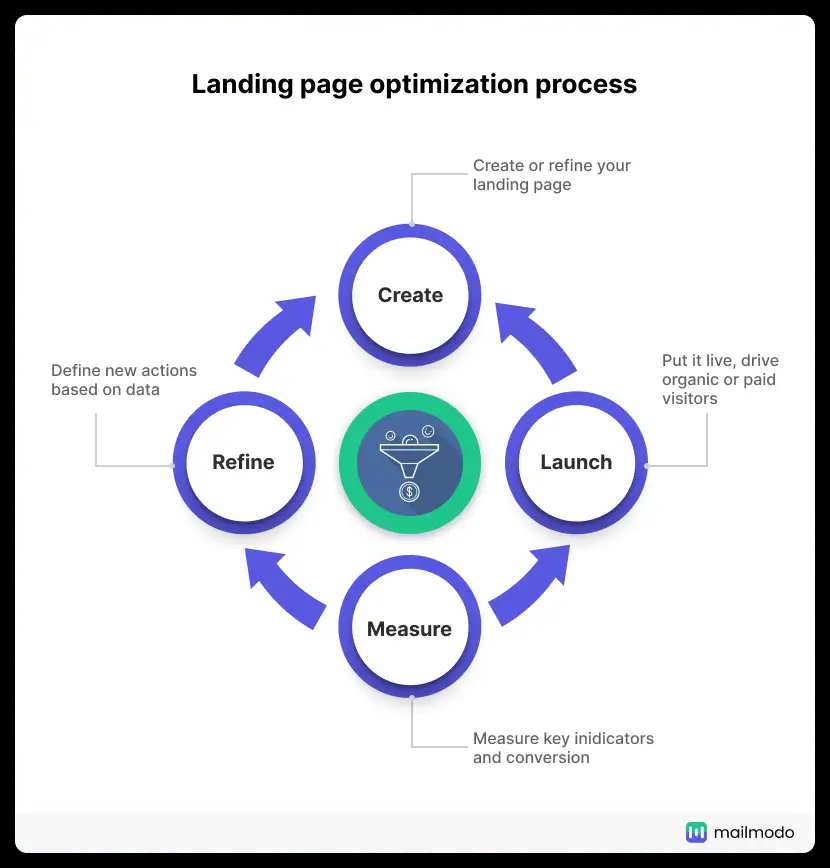
By A/B testing various elements of your landing pages—such as headlines, imagery, and CTA placement—you can determine which version performs best. For example, China Expat Health successfully increased conversions by 32% after testing and altering their headline to “Save up to 32% on your health insurance in China.” This example highlights the importance of data-driven decisions in conversion rate optimisation tactics.
Source: Invesp
4. Include an Online Booking System
Incorporating an online booking system on your website is an effective way to streamline the sales process and reduce the time it takes to move leads directly to your sales team. This saas conversion optimisation tactic can be implemented in various ways, such as adding a booking button to high-converting pages, placing it in the site header, or integrating it into your chat service.
HubSpot utilised this approach by including a “Book a Demo” button prominently on their website, which resulted in a higher conversion rate. By simplifying the booking process, you make it easier for potential customers to engage with your sales team, thereby increasing your chances of closing deals.
5. Create Automated Workflows
Automated workflows are a cornerstone of an efficient conversion optimisation strategy. They save time by handling repetitive tasks such as sending reminder emails, abandoned cart emails, and welcome messages, all of which contribute to increased conversion rates.
Beyond time savings, automated workflows offer numerous benefits, including enhanced sales and marketing alignment, greater productivity, streamlined approval processes, and improved scalability. Implementing these workflows as part of your conversion rate optimisation strategy can lead to more consistent and predictable outcomes, particularly in a saas conversion optimisation context.
6. Include Chatbots
Chatbots are an increasingly popular tool for improving website conversions, user engagement, and customer experience. By providing instant responses to customer queries, chatbots guide users through your products and services, helping them find the information they need to make a purchasing decision.
A range of chatbot builders, such as BotKit, TARS, MobileMonkey, and Chatfuel, can be used to develop customised chatbots tailored to your business needs. Incorporating chatbots into your conversion rate optimisation strategy can lead to quicker resolution of customer inquiries and a more personalised user experience.
7. Create Optimised Blog Posts
Blog posts are a vital component of content marketing, offering an opportunity to engage with your target audience while driving organic traffic. To maximise the effectiveness of your blog content, it is essential to optimise each post as part of your broader conversion optimisation strategy.
Optimisation techniques include the strategic use of relevant keywords, crafting compelling meta descriptions, ensuring mobile friendliness, and incorporating internal links. Over time, tracking the performance of your blog posts through key metrics such as SERP rankings, bounce rate, page views, and conversion rates will provide insights into the effectiveness of your conversion rate optimisation strategy.
8. Include Retargeting Ads
Retargeting ads are a powerful tool in any conversion rate optimisation strategy. By re-engaging users who have previously visited your site, you can remind them of your offerings and encourage them to return and complete their purchase journey.
To create effective retargeting ads, focus on crafting engaging copy paired with eye-catching visuals that resonate with your target audience. Utilising platforms like MailChimp, Perfect Audience, AdRoll, and Retargeter can help you build sophisticated retargeting campaigns that enhance brand loyalty, shorten the sales cycle, and increase conversion rates.
Our Tactical Recommendations
Simplifying the user experience is crucial in reducing friction, such as by shortening forms and optimising navigation, which can lead to higher conversion rates. Continuously testing different calls to action (CTAs); experimenting with language and placement allows you to identify what drives conversions most effectively. Moreover, optimising website speed and ensuring mobile responsiveness enhances user engagement, creating a seamless experience that encourages visitors to take action.Get In Touch
5 More Incredibly Niche Tactics
To further elevate your conversion rate optimisation strategy, consider incorporating these five niche tactics, each designed to address specific challenges within the CRO landscape.
Hack #1: Combat Choice Overload: A critical aspect of any conversion optimisation strategy is mitigating the risk of choice overload. When users are presented with too many options—whether in an email, on a landing page, or a product page—it can lead to indecision and ultimately, inaction. To enhance your conversion rate optimisation tactics, ensure that your content is laser-focused on one clear, intended action. By streamlining choices and removing unnecessary distractions such as display ads, email sign-ups, or secondary product promotions, you can guide users more effectively towards making a decision.
Hack #2: Build Trust and Credibility: Trust is a cornerstone of successful conversions. Establishing credibility with your audience is essential, and this can be achieved by integrating social proof elements such as logos of trusted brands, writer credentials, and clear editorial review policies. These components reassure users about the reliability of your website, significantly boosting the effectiveness of your conversion optimisation strategy. The more confidence users have in your brand, the more likely they are to follow through with the desired action.
Hack #3: Embrace Simplicity in Design: The design of your website plays a pivotal role in user experience and, consequently, in your conversion rate optimisation strategy. Overly complex designs, intrusive graphics, pop-ups, and interstitials can distract and frustrate users, leading them away from the intended conversion path. Instead, focus on simplicity—clean, minimalistic designs are not only more visually appealing but also more effective in guiding users towards taking action. A professional, straightforward design enhances readability and reinforces your brand’s credibility, thereby improving conversion rates.
Hack #4: Craft User-Friendly Content: For a saas conversion optimisation strategy to be successful, your content must be user-centric. Recognising that not all users have the time or inclination to read lengthy articles, it’s vital to make your content easily digestible. Structuring content with clear headings, a well-organised table of contents, and bullet points allows users to quickly find the information they need. Additionally, your content should be aligned with the intended action, highlighting key selling points and benefits in a way that resonates with the user’s needs and drives conversions.
Hack #5: Trust in Data-Driven Decisions: Finally, a successful conversion rate optimisation strategy relies heavily on data-driven decisions. Avoid making assumptions about what might work; instead, conduct thorough split testing to gain accurate insights into your website’s performance. This empirical approach allows you to validate your CRO efforts and make informed adjustments that genuinely enhance conversion rates. Trusting the data ensures that every optimisation is based on solid evidence, leading to more consistent and reliable results.
